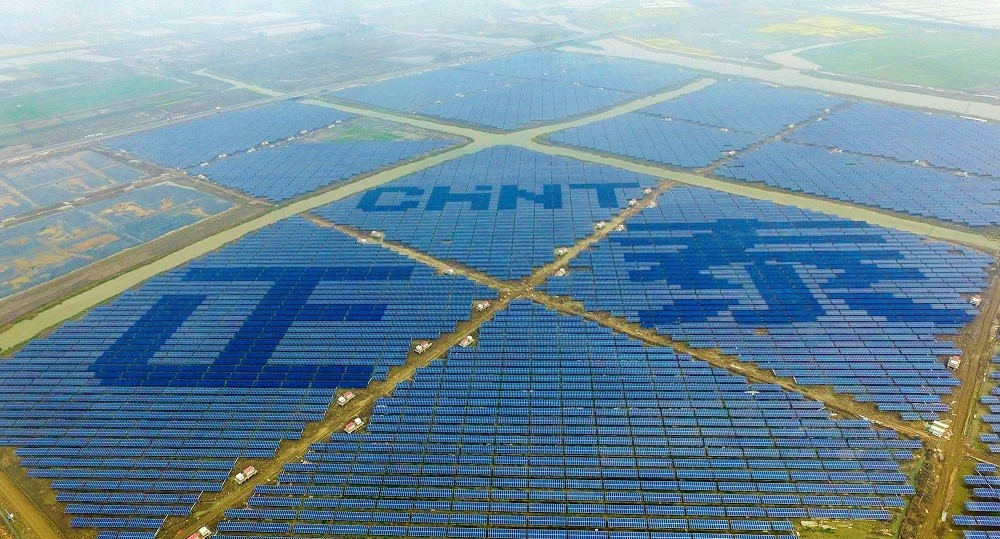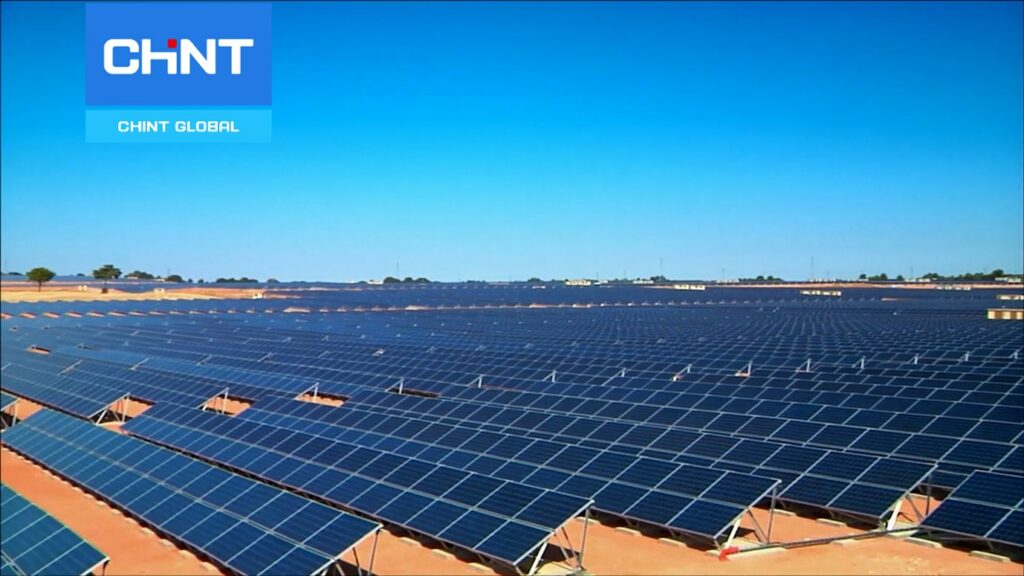Table of Contents |
Solar energy production tapers as the sun sets when most people arrive home from work. Unfortunately, this is also the time of day when power usage typically peaks.
Storing solar energy for later use provides a big help. It contributes to a home’s power supply even during the evening hours and helps alleviate power fluctuations.
Efficient solar storage means communities can become less dependent on municipal power grids. For today’s energy consumer, it means lowered energy costs and fewer power interruptions.
Read on to learn more about solar storage and the different types available. You’ll also get a list of necessary storage components and their detailed descriptions.
What is Energy Storage?
Energy storage is any system that captures energy for later use. It can be in the form of batteries or other technologies suitable for energy storage.
According to a recent MIT Energy Initiative Report, sufficient storage contributes to the efficient use of solar energy by creating a balance between supply and demand. Stored energy helps “to keep the lights on and the electricity flowing when the sun isn’t shining, and the wind isn’t blowing.”
Are a Battery and Solar Energy Storage System the Same?
While batteries are an energy storage solution, not all storage solutions require batteries. For example, residential applications typically use batteries. In contrast, commercial and industrial systems often apply pumped storage hydropower or other advanced technology.
Types of Energy Storage Systems
Various types of energy storage systems are available for solar power setups. Here is an overview of each type:
Compressed Air Storage
A compressed air energy storage system captures compressed air in large volumes to later be used to turn power generators. Large underground caverns or reservoirs store the compressed air using electricity generated during off-peak hours.
During peak hours or the evening when solar power is not generated, the pressure is released to power large electrical generators on the surface. Large-scale systems can provide up to 400 hours or more of continuous power generation if needed.
Flywheel Storage
Flywheel storage uses surplus electricity to set a flywheel in motion. When more power is needed for your home or business, electricity is disconnected, and large magnets take over to keep the flywheel in motion. This storage method provides short, intermittent bursts of electricity and is typically only sustainable for short periods.
Pumped-Storage Hydropower
With a pumped-storage hydropower system, water is pumped using surplus power during non-peak hours to uphill reservoirs. When more electricity is needed, the water is released.
Gravity causes water to travel downstream of the reservoir, spinning electric generators. Pumped-storage hydropower supplies electricity during peak usage or when solar power is limited due to the lack of sunlight.
Thermal Storage
Thermal storage uses excess thermal energy to be used later for power generation during peak times. Several mediums, such as water or salt, are used to absorb solar heat and turn it into thermal energy for later use. The energy is then transferred to electric generators to power homes and businesses.
Required Components for Solar Energy Storage
You’ll need several essential components for a functioning solar energy storage system. These include:
Solar Panels
Solar panels convert sunlight into energy using cells made of materials that generate electricity when exposed to light. Chint Global’s Astro Semi and Astro Twins PV modules are lightweight and weather resistant. They provide bifacial power, increasing output by as much as 30 percent compared to conventional solar panels.
Charge Controllers
A charge controller is the single point of communication between the solar panels, batteries, and inverter. It’s essentially the “brain box” that controls your entire system. It also helps protect against overcurrent and short circuits by limiting the amount of current to the batteries.
Inverters
Solar inverters convert the direct current from the solar panels into alternating current suitable for supplying power to a home or business.
The Chint Global intelligent hybrid inverter is highly versatile and simultaneously manages power from your solar panels, utility grid, and batteries. It’s designed for optimal reliability and function, utilizing an enhanced DSP system and comprehensive protection functions.
Batteries
Lithium-Ion batteries are available to store power for your home’s solar system. During peak usage or evening hours, your batteries will supply the electricity needed to power your home.
How many batteries you’ll need depends on your average power usage. Generally speaking, a single 10 to 14 kWh battery is typically sufficient to run a moderate-sized home. However, a higher capacity battery may be needed for large families requiring more power. Once your home’s solar batteries are charged, they’ll provide power to your home for up to 24 hours, on average.
To charge the battery back to full capacity takes five to seven hours, depending on the size. Lithium-ion batteries typically need to be replaced every ten to 15 years, depending on the manufacturer.
Conclusion
Understanding the basics of solar energy storage will give you a head start on knowing what to look for when selecting the correct solar system for your home or business. While several storage devices are available, the most common type is lithium-ion batteries. To use them effectively, you’ll need solar panels, a charge controller, and a hybrid inverter.
Consider Chint Global’s solar systems for all your home or business energy needs. We offer efficient and reliable solar solutions tailored to your unique requirements.
FAQ about Solar Energy Storage
How do I know if I need solar storage?
How long do solar batteries last and how often do I need to replace them?














